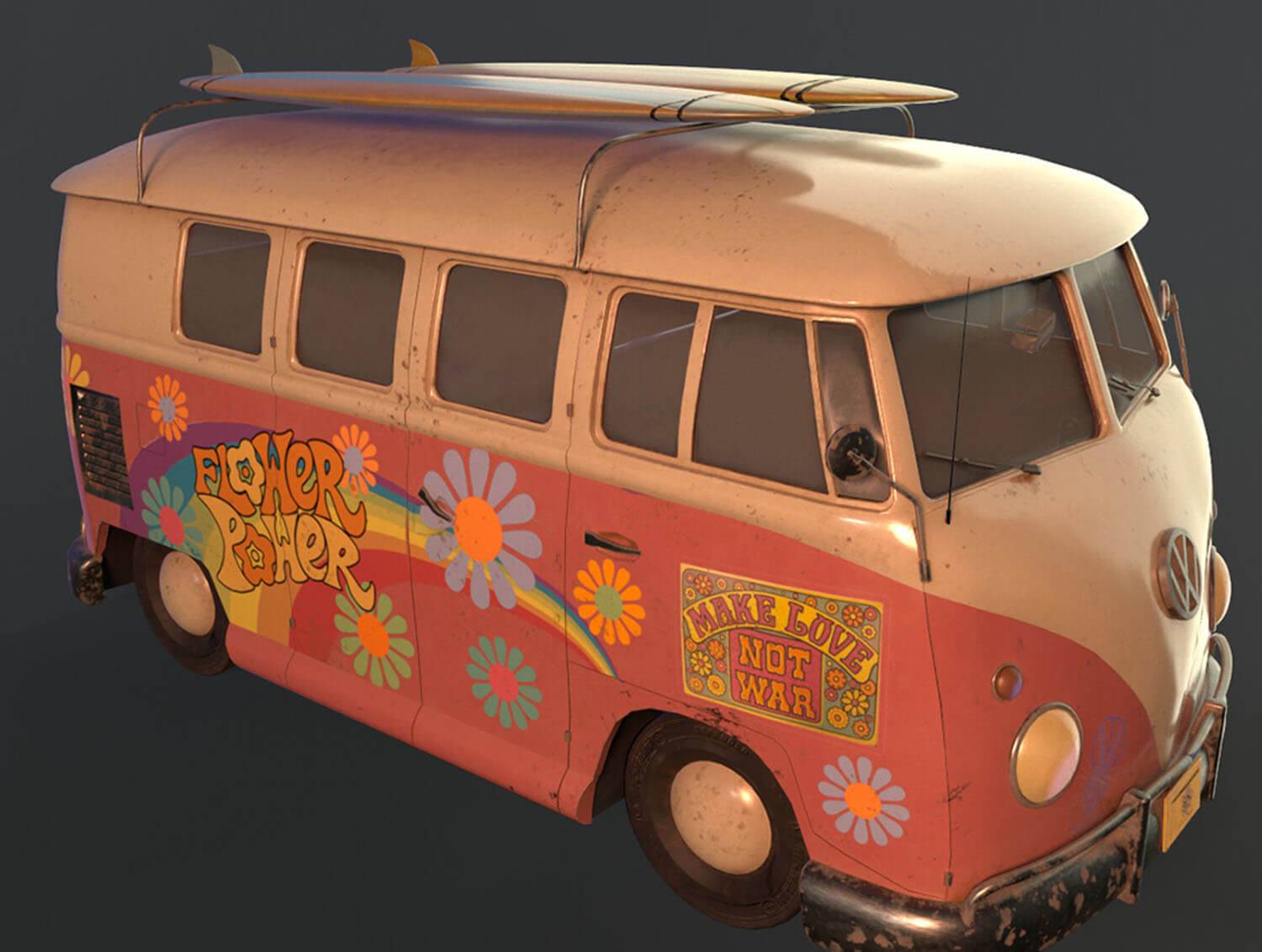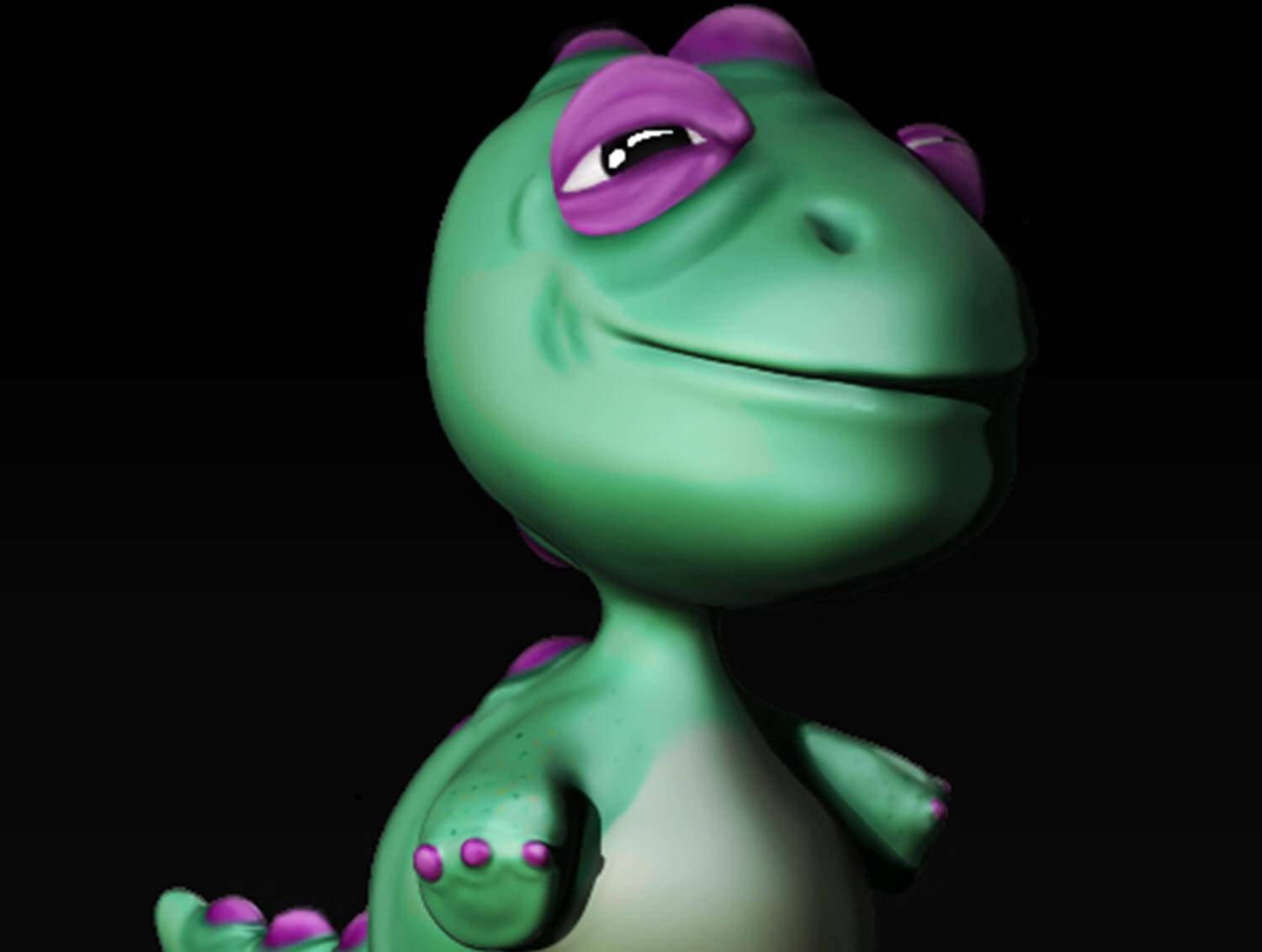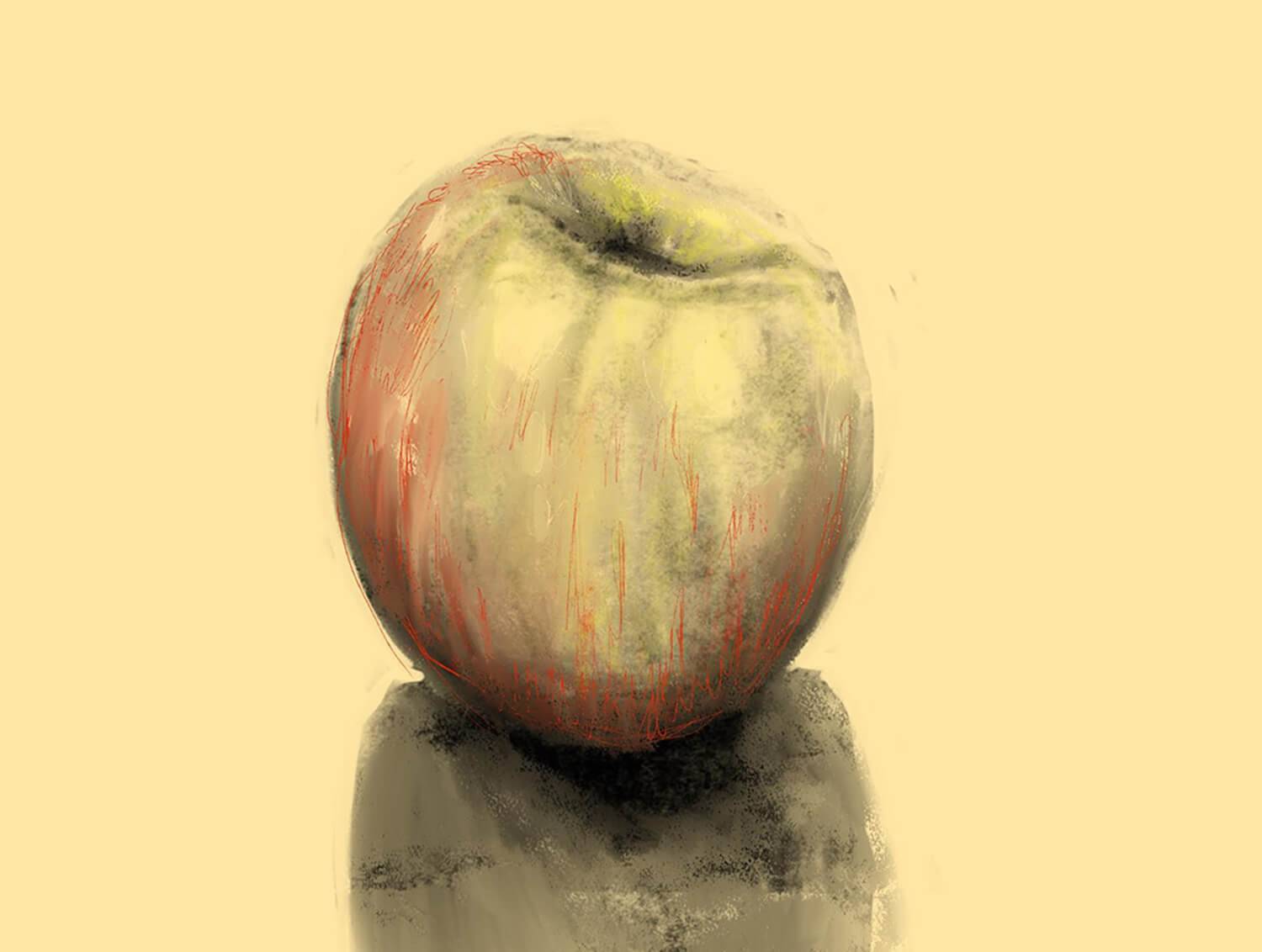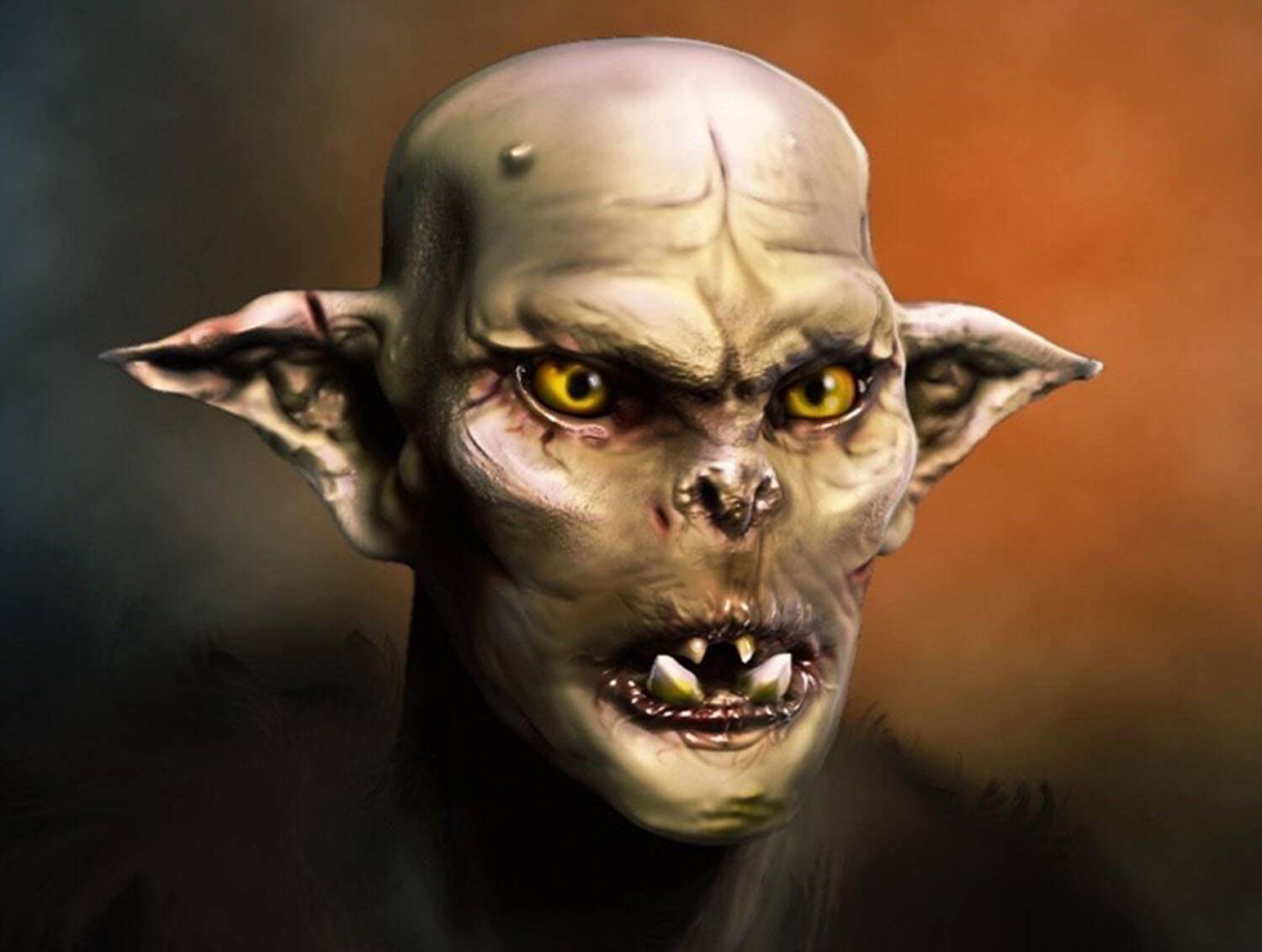2D-3D Animation & Digital Arts
Get The Details!
Earn Your 2D/3D Animation and Digital Art Diploma and Train for a Career in Animation. Be Job-Ready in 24 Months!
- 2 Years
- Arts and Technology
- Intakes: September 12, 2023
Explore Your Creative Passion
If you are creative and love to dabble in today’s digital technology, then you are destined for a career as a Digital Animator. Earn your diploma in 2D/3D Animation and Digital Arts in just 24 months! When you finish the program, you will leave with an outstanding portfolio and demo reel that will wow potential employers.
The best way to see if Maritime Business College is the right fit for you is to come and tour the school. You can tour our facilities and meet with students and instructors. Schedule a tour now or Get more info.
2D/3D Animation and Digital Arts Program
At Maritime Business College, you will receive hands-on training from industry experts. Learn the essential skills you need to pursue a career developing digital animation for video games, animation films, visual effects, and more! Some of the courses you will complete throughout the program are as follows:
Graduate in 2 Years
2D/3D Animation and Digital Arts Program, and receive your Diploma in just 2 Years!
Make Passion Your Profession
The 2D/3D Animation and Digital Arts diploma program at Maritime Business College is a great first step to launch your career as a 2D or 3D animator. Successful graduates from the program are able to choose from several career paths including (but not limited to) the following:
- 3D Modeler
- 3D Texture Artist
- 2D/3D Animator
- Lighting Artist
- Concept and Layout Artist
- Storyboard and Pre-visualization Artist
- Rigging Artist
- VFX Compositor
- And more!
- Learn By Doing
The courses you will take in the 2D/3D Animation and Digital Arts program will provide you with opportunities to work on projects that will take your portfolio to the next level. Your hands-on training will come from industry experts who know what it takes for you to succeed in the animation industry. Learn to design compelling characters, game levels, and storyboards that will captivate your audiences.





- Ready for the Job Market
- Course Outline
Be Prepared
Following the completion of their program MBC graduates are prepared to enter the job market. In addition to the core skills relevant to their program, students also learn how to market themselves, which contributes to their success in the workplace.
Introduction to Computer Graphics is a five-part module (with lab time included) and is broken into six components:
e Life Drawing 1
Storyboarding Studies
Illustration & Layout Design
After Effects Studies
3D Process Studies 1
LAB – 3D Process Studies
After covering the basics, students should now have a firm grasp on their equipment and some general techniques within the digital art medium. This module aims to push the creative and technical skills of the students by introducing new age methods of media & design. Students will be introduced to the world of 3D and polygons within Autodesk Maya.
They’ll be first taught the interface of Maya while being guided through and completing various challenges within the realm of basic 3D modelling, texturing, lighting/rendering and basic animation. Taking these more technically proficient skills and combining them with their knowledge gained about the Adobe suite will allow students to also enter the world of film/shot language, storyboarding, composition, digital editing, filmmaking and visual effects by using leading industry software; Adobe After Effects. Lastly, students will also enhance their 2D illustration skills with an introduction to the study of human form in Life Drawing as well technical drawing in Illustration and Layout Design. These compounded skills work in tandem to help the students find their creative path in computer graphics and digital art.
The video game industry is one of the largest and most successful industries in the world and it’s still growing annually. In this module, we breakdown the variaus components of video game production from the initial pitch, pre-production and post. The components in this module are:
e Game Production Studies
« Concept Art 1
« 3D Animation 1
e LAB – 3D Animation
In this four-part module, students will study the video game pipeline, examining the various hurdles involved with getting a game produced, marketing a game and the mountainous creative undertaking involved in the production of a game. Students will also enhance their skills in both animation and 3D design by further exploring industry standard techniques from animation cycles to 3D environment and asset design. This module also acts as an introduction to an essential part of the creative digital art pipeline: concept art. Understanding and being able to perform conceptual design related tasks will help students think more creatively and outside the box. Increased Lab time will also be provided to help students overcome the volume of work expected of them, with time dedicated for starting the building blocks of their online portfolios.
Conceptual design is the equivalent of idea generation in an artist’s toolkit. Whether it be creating digital characters or realizing imaginative worlds and objects for production, concept art is essential in bolstering an artist’s portfolio in this industry. In this four-part module (with labs), the students will explore the various skill sets required to become a concept artist first by introducing students to the world of digital sculpture. The Components in this module are:
Life Drawing 2
Concept Art 2
Digital Sculpting 1+ LAB
3D Process Studies 3 + LAB
Using the Maxon produced industry standard software ZBrush, students will not only study and utilize this essential program interface but also learn how to generate high quality detailed assets quickly and efficiently. Students will also learn how to apply these assets to both Maya, Photoshop, and Substance Painter to create quality production pieces worthy of portfolio glory. Ample lab time will also be utilized to further enhance the polish and quality of these production pieces.
Designing a character is equally one of the most appealing aspects of digital art from a student’s perspective and one of the most challenging to properly execute. This 3-part module complete with LABS, explores character production fram all angles including design and animation. The components in this module are:
Digital Sculpting 2 + LAB
3D Animation 2 + LAB
3D Art & Design 1 + LAB.
In both the Digital Sculpture and the more advanced 3D Art & Design, students will learn the character production pipeline from top to bottom; starting from early concept sketches, to high resolution sculpting in Zbrush and lastly optimized production ready models in Maya. We then explore the relationship between those character designs and animation, learning the necessary skills to design a functional character that can perform animation effectively. More advanced skills will be explored to help make the character models look as polished and industry-ready as possible for portfolio development. Lab time is also increased to accommodate the demand of the workload for these new production heavy tasks.
Design is only half of the battle in the production pipeline for modern high-quality entertainment, the remainder comes from the more technically inclined components of the industry. After a deep exploration into high-quality design, students will now take that compounded knowledge and use it as a template to better understand the technical skills involved in the production pipeline, starting with character Rigging. The components in this module are:
Digital Sculpting 3 + LAB
3D Animation 3 + LAB
3D Art & Design 2 + LAB.
In this three-part module (with extra lab time), students will learn how to construct a functional 3D skeleton with controls allowing an animator to perform complex tasks in a production. This skill set will complete the full circle knowledge base of the industry standard practices used to breathe life into characters and worlds. Students will also study more complex 3D art tasks including basic effects, foliage simulation and advanced lighting.
Game Production Studies:
Do you dream of designing your own video game? In this course, you will explore the fundamentals of digital game design and the development process. Learn about the different roles in a development team and the different phases of game development projects. By the end of the course, you will be familiar with game- and level-design, game mechanics and their applications, and how players interact in different games types.
Classical Animation Studies:
Develop your drawing skills by applying the fundamental principles of animation: squash and stretch, follow-through/overlapping, anticipation, timing, key posing, and in-betweening. In this course, you will learn about weight balance, timing, and the fundamentals of traditional animation that bring animated characters to life using 2D animation software
I've had nothing but great experiences since my start on March 21, 2022. Everything from the staff and course content has been wonderful and I am excited to finish!
Devrick Swaine

Matthew Goodmanson
2D/3D Animation & Digital Arts Instructor
Matthew Goodmanson is an award winning 2D/3D artist with over 20 years of experience performing various roles in an art pipeline. After graduating from the 3D Animation and Visualization course at MacKenzie College in 1999, Matthew headed to Sydney, Nova Scotia, where he helped produce TeleTOON’s Halloween Special, Evil Scmeevil, first as a concept artist and storyboard artist, and then as the production manager.

Skyler Greencorn
Department Head - 2D/3D Animation & Digital Arts Instructor
Skyler Greencorn is a professional 3D Artist, Creature Designer, Freelance Artist and Filmmaker who has garnered province-wide success in his 12+ years in the Computer Graphics industry. He received his teaching certification from the Jane Norman College and has training in Mental Health First Aid. He’s received awards for his work on the platforms 3D Total and Sketchfab, while also vending his growing portfolio at numerous events across the HRM.
Graduates Salary
*Employment Rate based on contactable MBC graduates from the last four years employed in a related field.
Source: JobBank.ca
NOC Code: 5241 – **Wage data is for employees in all ranges of experience in the field, rounded down to the nearest dollar, and based on Nova Scotia data. Local (or regional) income may vary.
Is 2D-3D Animation & Digital Arts Right for You? Get More Info…
If you’re interested in exploring whether Maritime Business College’s training programs are right for you, fill out the form on this page to receive more information.
